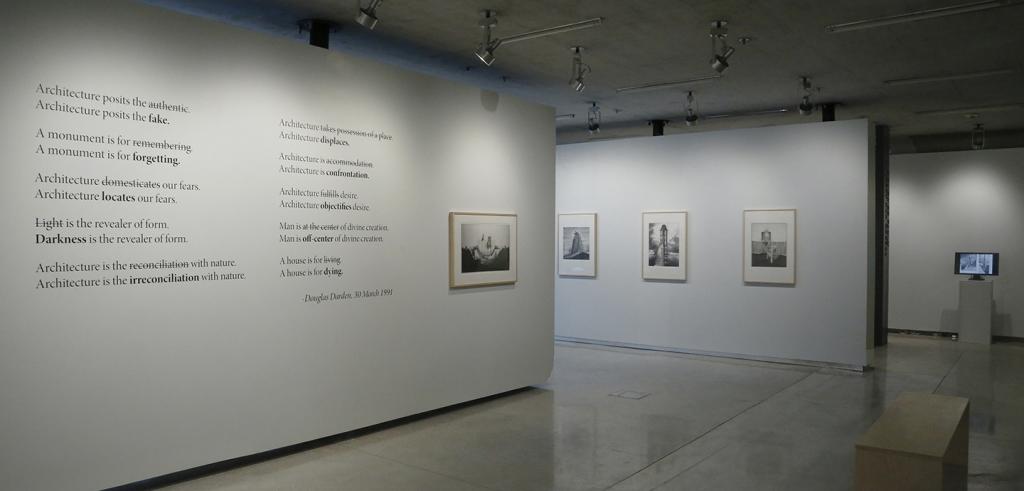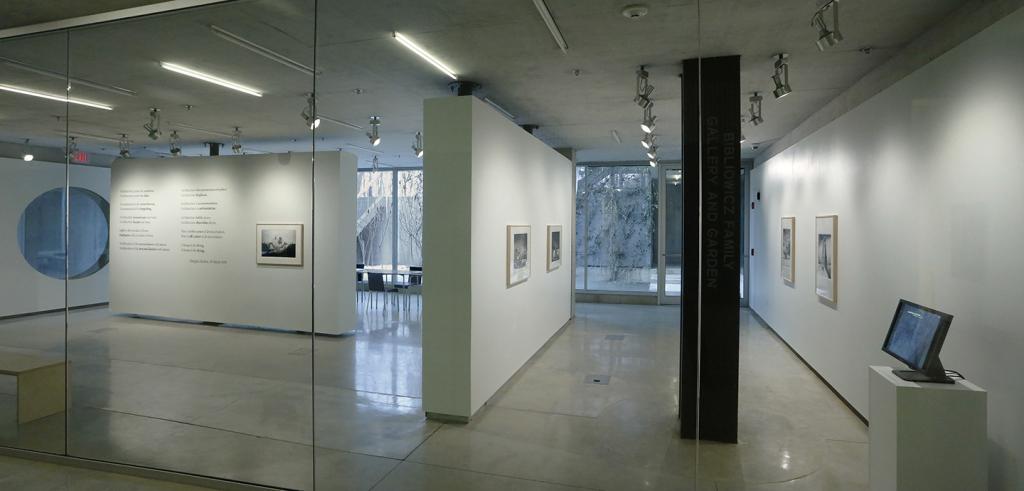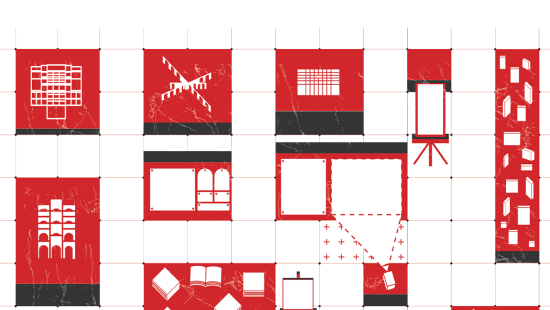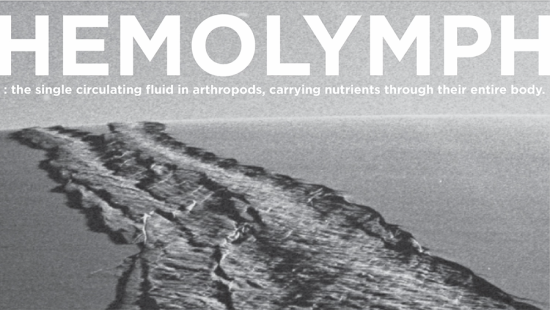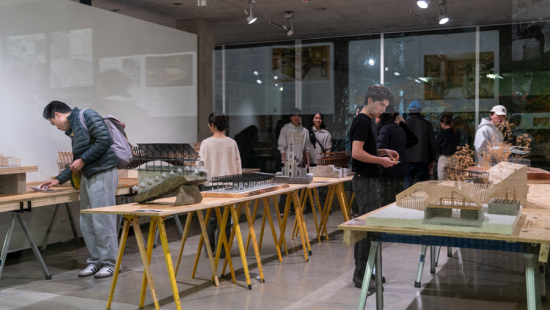Condemned Building: Prints of Douglas Darden
"In 1989 during my stay as the Rome Prize Fellow in Architecture at the American Academy in Rome, I ventured into the guarded cell of the rare books collection of the academy library. I had waited until my last week of residency to view what was one of the chief sources of my work, The Prisons, by Piranesi. Never before had I seen a more constructed body of architectural work. Piranesi's imaginings convinced me that the life of architecture can reside convincingly on paper."
~Douglas Darden
This exhibition presents prints by the renowned architectural storyteller Douglas Darden. Not long before Darden died, the printmaking studio of Osama Nakasuji in Osaka, Japan, created a unique set of 10 black and white prints of five of the theoretical projects from Darden's now-legendary 1993 architectural treatise titled Condemned Building (Princeton Architectural Press). Although drawn in a very detailed plan, section, and elevation, the 10 projects in this book were unbuilt works, designed as allegorical structures only. Darden's process for these projects integrated visual and textual research, combining literary sources with the manipulation of graphic materials, most of which are part of the Douglas Darden Collection in Avery's Drawings and Archives at Columbia University.
Born in Denver, Colorado, in 1951, Darden studied ballet before graduating with a bachelor of English and psychology from the University of Colorado Boulder in 1974. His background in literature and dance translated into expressive works that rely on narrative structuring. Darden also studied industrial design at Parsons School of Design and received his master of architecture from Harvard GSD in 1983. He began work on the projects that would later be featured in Condemned Building while also teaching at Harvard, then at the Catholic University of America, and Columbia University, and later at the New Jersey Institute of Technology. Darden's explorations of his industrial surroundings in New Jersey influenced the atmosphere of his work. Likewise, his time as a fellow of the American Academy in Rome (1988–89) gave him a deeper interest in the history and buildings of Rome. Darden began teaching at the University of Colorado Denver in 1990, and it was at this time that he was diagnosed with leukemia. Darden continued to work through his illness, teaching, and designing, and in 1993, Darden released Condemned Building.
The prints are a gift to Cornell University Library from the Darden estate and will be housed in the Division of Rare and Manuscript Collections, Carl A. Kroch Library, after the exhibition. Special thanks to Ben Ledbetter, Marc Neveu, and Lily Chi for making this gift possible.
The gallery reception will include a talk by Marc Neveu about Douglas Darden's life and work.




